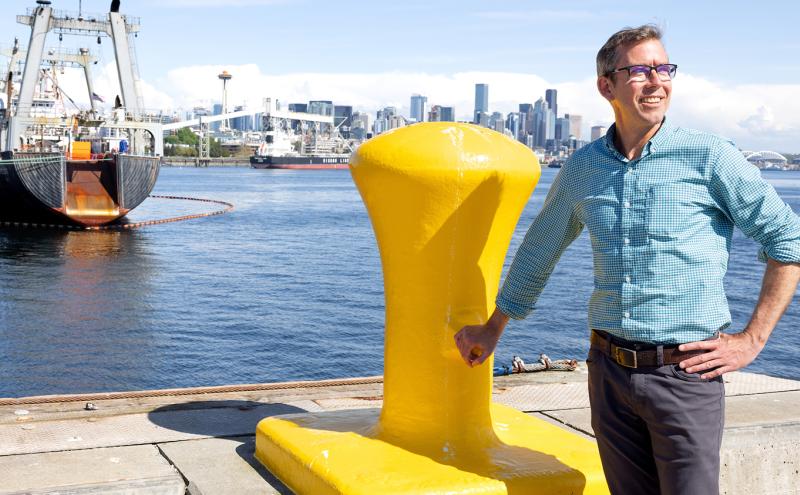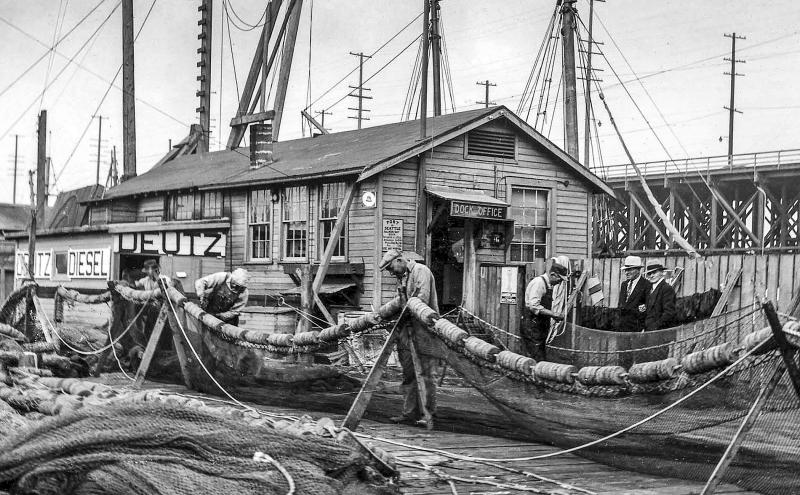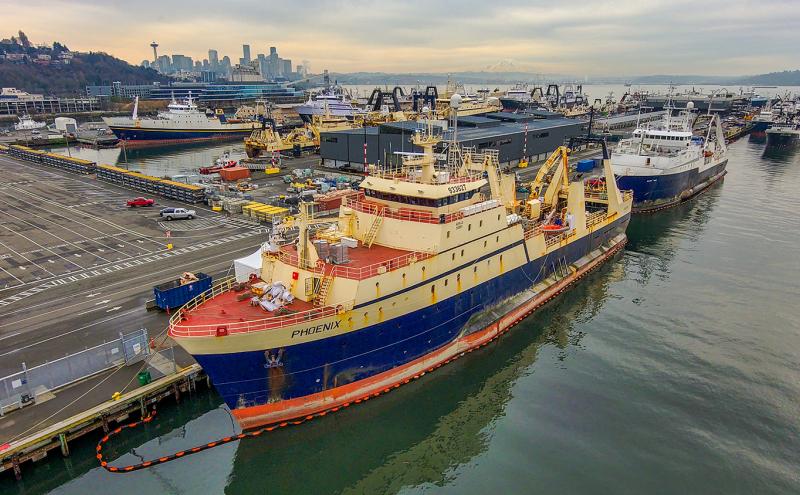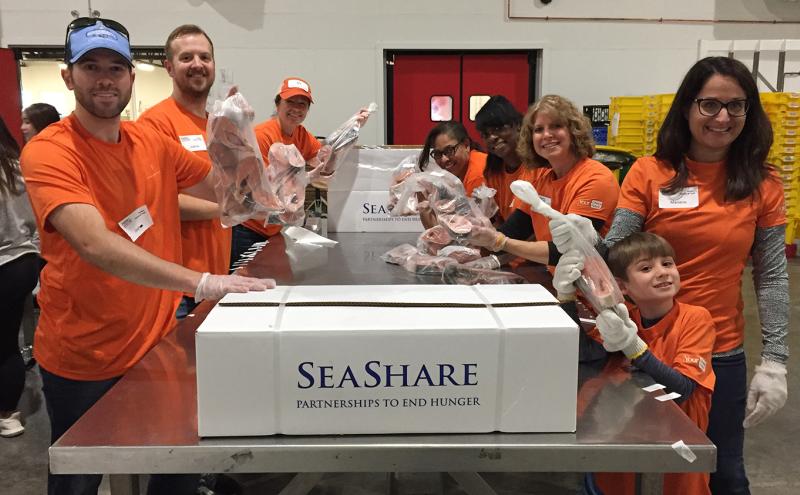
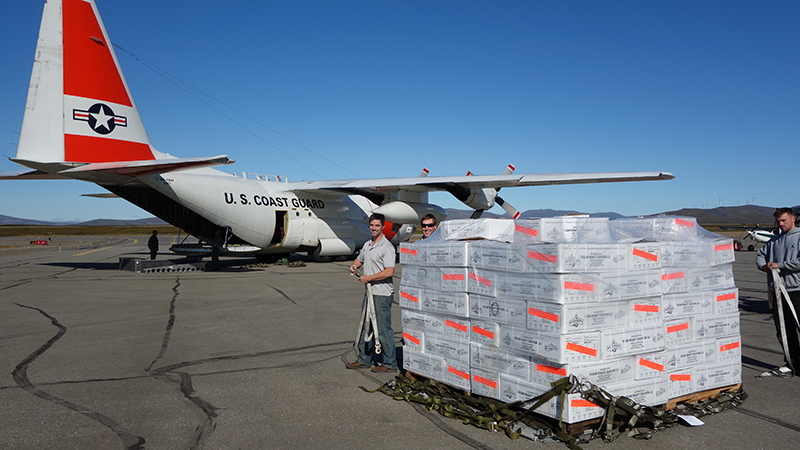 Millions of Americans don't have enough food to eat or don't have access to healthy food. The seafood industry provides the world with a food source packed with vitamins and nutrients, but it can be costly. Non-profit SeaShare helps remove barriers to bring nutritious seafood to the food banks and onto the plates of those who wouldn’t otherwise be able to afford it.
Millions of Americans don't have enough food to eat or don't have access to healthy food. The seafood industry provides the world with a food source packed with vitamins and nutrients, but it can be costly. Non-profit SeaShare helps remove barriers to bring nutritious seafood to the food banks and onto the plates of those who wouldn’t otherwise be able to afford it.
SeaShare was founded 30 years ago after Tuck Donnelly wanted to prevent bycatch fish from going to waste. Fishing vessels are required to discard unintentionally caught fish (bycatch) into the sea by law. Donnelly launched a pilot program that allowed a small group of commercial fishermen in Alaska to give those fish — vital, healthy protein — to food banks. Rather than throw dead fish overboard, the program helped bycatch fish become a significant source of protein to help fight hunger.
SeaShare, based on Bainbridge Island, is the only organization authorized by the Alaska Region of the National Marine Fisheries Service (NMFS) to retain and distribute incidentally-caught salmon and halibut from the groundfish trawl fisheries in the Bering Sea, Aleutian Islands, and Gulf of Alaska to those who are economically disadvantaged.
Over the past 30 years, the organization has expanded beyond its original bycatch program, with 90 percent coming from first-run marketable seafood donated by fishermen and processors from around the country. Donations include a wide variety of species, such as salmon, Alaska pollock, pacific white shrimp, rockfish, halibut, catfish, and tilapia. The remaining 10% comes from bycatch that must be used for hunger relief.
A major source of seafood comes from the North Pacific Fishing Fleet, homeported at the Port of Seattle’s Fishermen’s Terminal and Terminal 91, who feed the world and the economies of the Pacific Northwest and the state of Alaska. They work with seafood company partners who process donations that will go to SeaShare’s food bank network.
How it works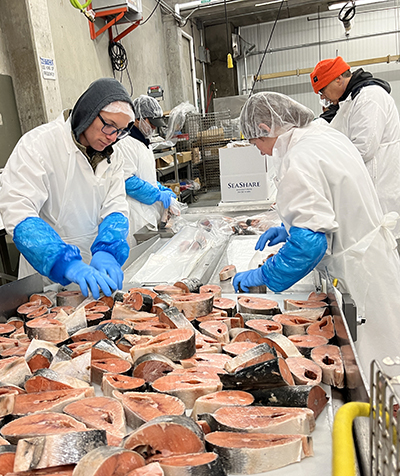
SeaShare works with a large community of fishermen, processors, logistics, and distribution partners who want to do their part to help struggling families and individuals. Getting seafood from the ocean into food banks is a complex and costly process. SeaShare helps connect the dots for those who want to participate and donate time, product, and labor in any step of the process. With its insider knowledge and connections in the seafood industry, the organization provides the framework and logistics that allow a wide range of partners to work together to make donations possible. “We are the secret sauce that makes everything happen,” said Jim Harmon, SeaShare Executive Director. “Seafood companies don’t understand food banks, and vice versa.”
To start, participating fishermen and processors in Alaska donate all costs associated with retaining and donating frozen fish. SeaShare then works with downstream partners to store and convert those donations into finished packages that food banks can distribute. Financial help from individuals, corporations, foundations, and food banks helps support all costs associated with the program.
Donations of time, product, and labor are essential at each stage of the process. A cold storage company can’t donate cold storage without fish provided by the fishermen and seafood companies they work with. The fish can’t reach the food banks without support from trucking companies.
Through donations in each step of the process, SeaShare has helped distribute 265 million seafood servings since 1994. In 2022, the organization facilitated the distribution of 245,695 pounds of halibut and salmon to food banks across the country.
Making healthy protein accessible
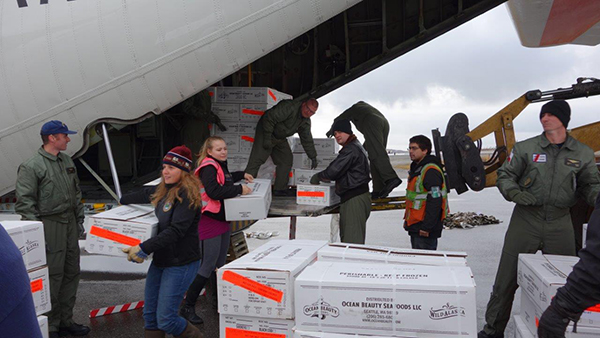 SeaShare has access to a large network of food banks through a long-standing collaboration with Feeding America, the nation's largest domestic hunger relief organization that includes over 200 food banks. With their network, SeaShare gets high-quality seafood into food banks and onto plates, adding healthy, nutrient-dense protein to diets across the United States.
SeaShare has access to a large network of food banks through a long-standing collaboration with Feeding America, the nation's largest domestic hunger relief organization that includes over 200 food banks. With their network, SeaShare gets high-quality seafood into food banks and onto plates, adding healthy, nutrient-dense protein to diets across the United States.
- Find a food bank near you
Seafood is a high-quality protein packed with vitamins and minerals, yet only one in five Americans eats seafood twice per week, as recommended by the United States Department of Agriculture (USDA). The cost of seafood is a barrier for those with a limited income, so people opt for less expensive and less nutritious foods.
Seafood is traditionally hard to come by at food banks and pantries. But SeaShare is working to make the high-quality protein available to anyone, regardless of income or resources. “Just because people are in a tough spot doesn’t mean they shouldn’t have access to this good quality fish protein,” Harmon said.
Harmon said SeaShare wants to introduce the health benefits of seafood to more people.
“That’s the goal of what we do. If we expose people to good seafood, and they get in a better place financially, they may eventually buy it in the grocery store if they have a good experience,” he said. “I think seafood companies and fishing boats recognize that it’s an important market for everybody. We get to serve a segment of the population we can’t get to otherwise.”

